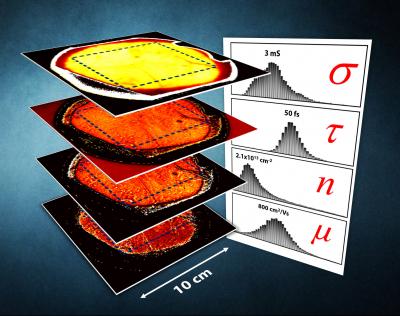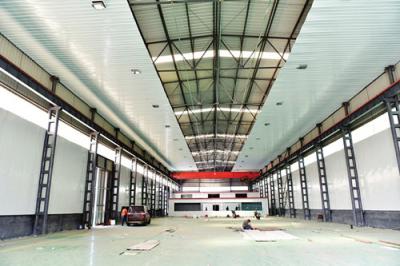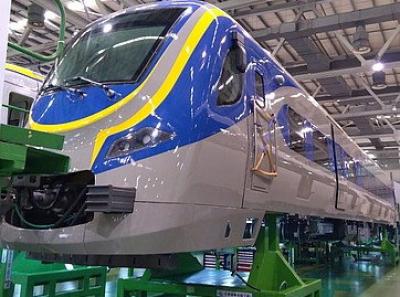Learn About 2D Materials for Environment and Energy Applications at Graphene Study 2018
The following is a sponsored message by The Graphene Flagship
Each year the Graphene Flagship organizes a school to educate students and early career researchers interested in graphene and its applications.

"The goal of the school is to bring together students working on related areas of research with experienced scientists from academia and industry," says Graphene Flagship Director Jari Kinaret.




